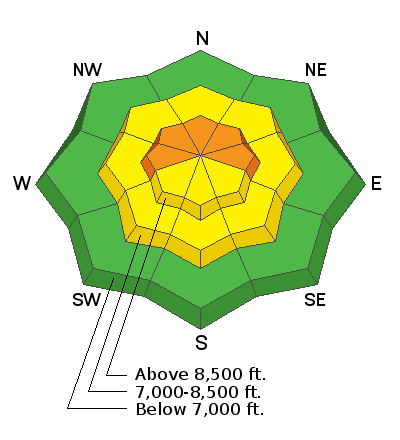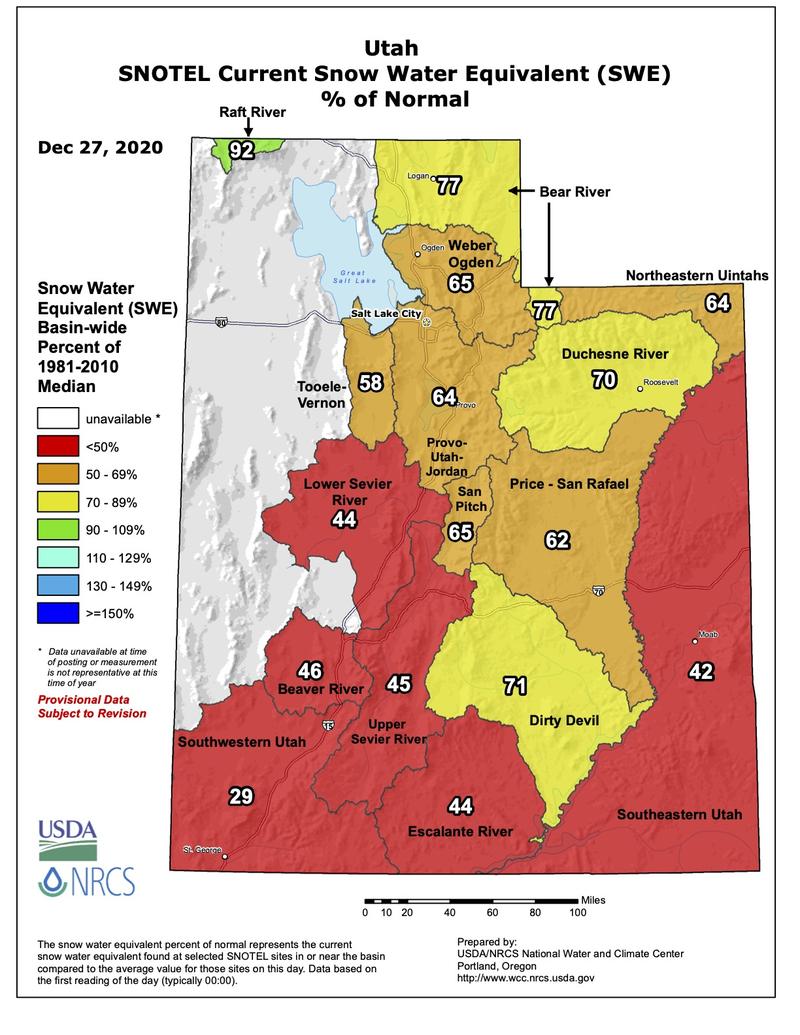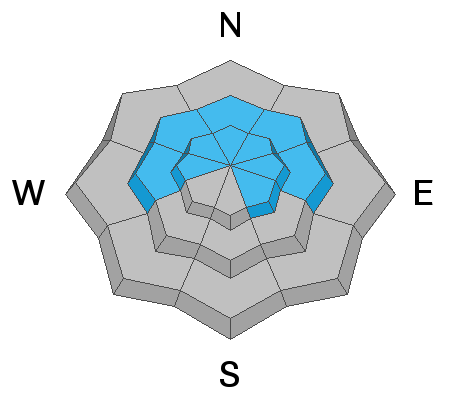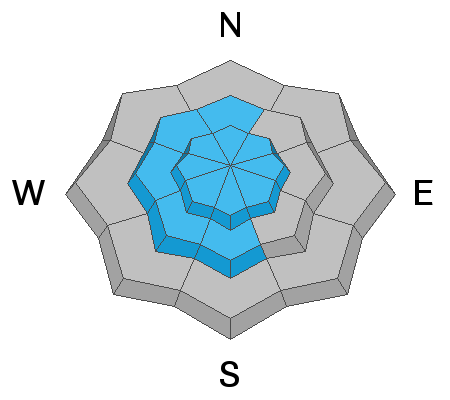Forecast for the Ogden Area Mountains

Issued by Drew Hardesty on
Monday morning, December 28, 2020
Monday morning, December 28, 2020
Areas of CONSIDERABLE danger exist on many west to north to easterly facing aspects. Human triggered avalanches 1-2' deep remain likely and these may be triggered on, adjacent to, or below steep slopes. A MODERATE danger exists for fresh drifts of wind blown snow in the mid and upper elevations.
Statistical Note - Most avalanche accidents occur when we have a Considerable danger with a persistent weak layer. Just saying.

Low
Moderate
Considerable
High
Extreme
Learn how to read the forecast here






